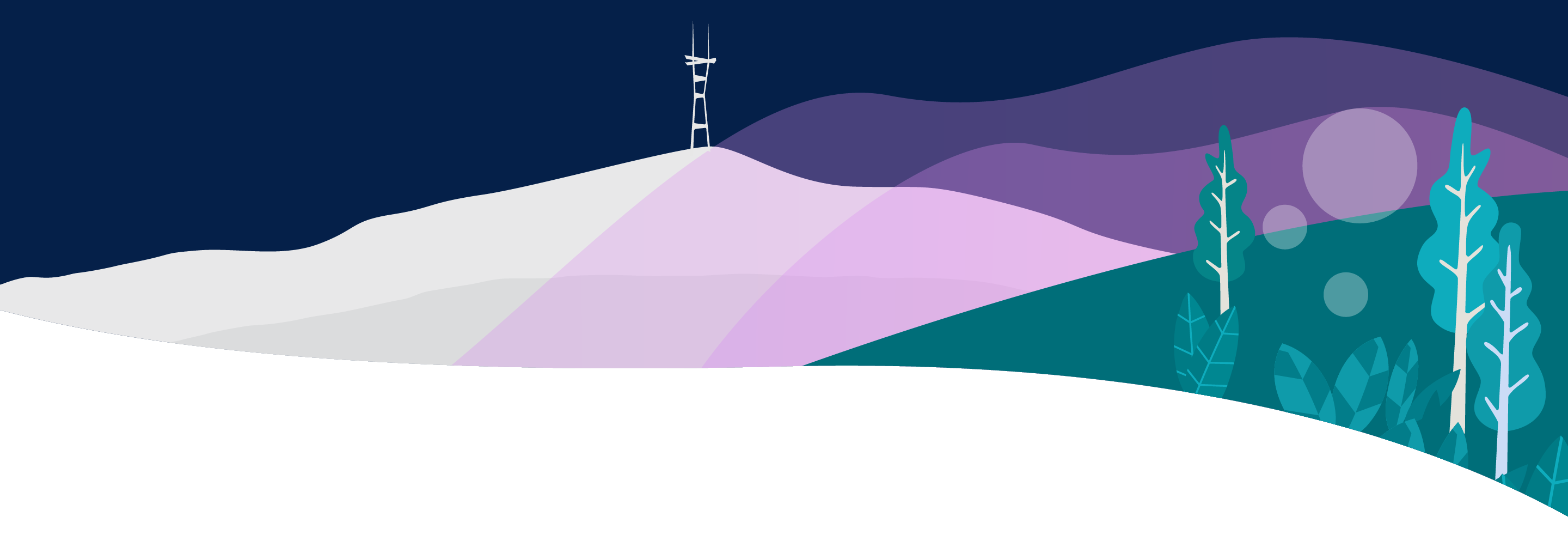
Cervical Disc Herniation
The cervical spine consists of the top seven bones of the spine, called vertebrae, located in your neck or the area between your skull and chest. The vertebrae that form the spine are cushioned by discs that act as shock absorbers and keep the spine flexible.
Over time as we age, discs can lose elasticity and ligaments around the discs can become brittle. When damaged, discs may bulge or rupture and cause what's called a herniated or slipped disc. Most herniated discs occur either in the cervical area or lower back called the lumbar spine.
Our Approach to Cervical Disc Herniation
UCSF is home to one of the largest centers in the country dedicated to evaluating and treating spinal disorders, such as cervical disc herniation. Patients have access to the most up-to-date diagnostic imaging techniques as well as innovative treatments that are not widely available. Our team includes world-renowned specialists in neurosurgery, orthopedic surgery, neurology, pain management, physical therapy, psychiatry, radiology and rheumatology. These experts work together to personalize a plan for each patient.
Initial treatment for cervical disc herniation includes a combination of rest, pain medications, physical therapy and wearing a brace. For the approximately 10 percent of patients who need surgery, our expertise in state-of-the-art surgical repair and rehabilitation results in less time under anesthesia, faster recovery and, ultimately, a better quality of life.
Awards & recognition
-

Among the top hospitals in the nation
-

One of the nation's best for orthopedic care
-

Best in California and No. 2 in the nation for neurology & neurosurgery
UCSF Health medical specialists have reviewed this information. It is for educational purposes only and is not intended to replace the advice of your doctor or other health care provider. We encourage you to discuss any questions or concerns you may have with your provider.





